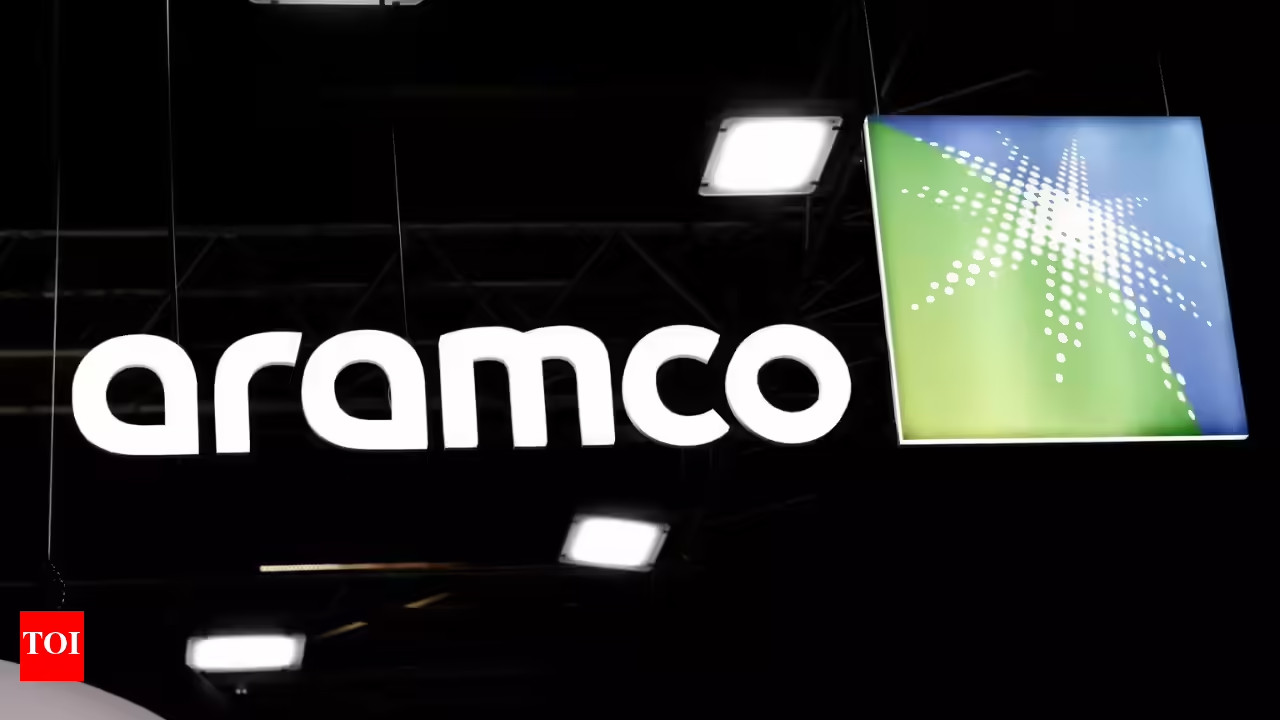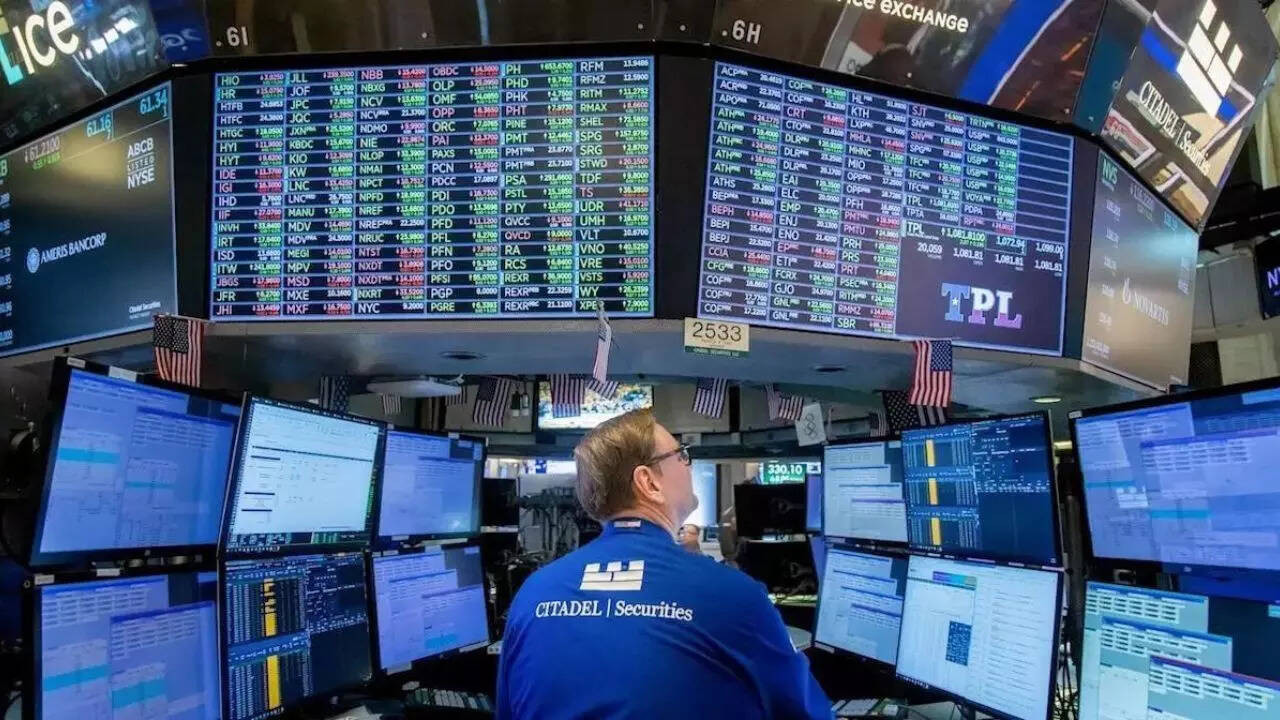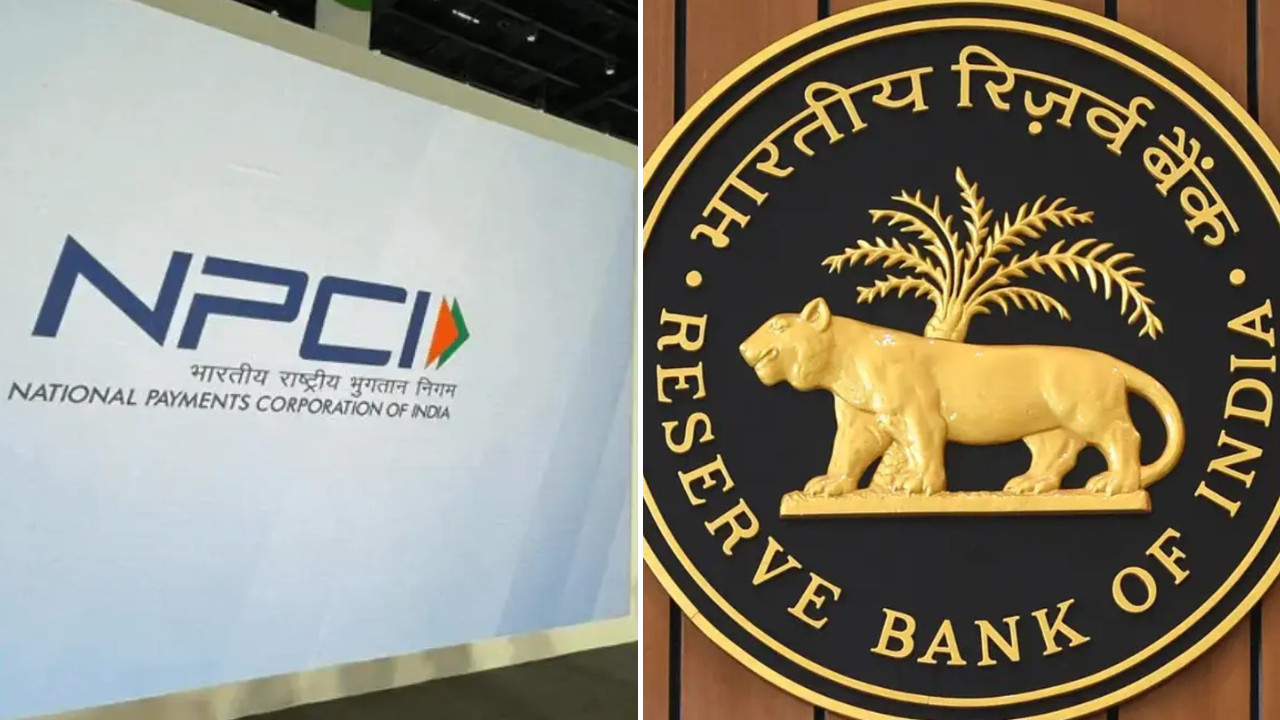Saudi Aramco announced a third-quarter net profit of $26.9 billion. This figure is slightly lower than last year. Global crude prices impacted earnings. The company’s revenue stood at $111 billion. This performance supports Saudi Arabia’s economic diversification plans. The kingdom’s low production costs are a significant advantage.
Navigating the Oil Seas: Aramco’s Q3 Performance
The winds of the global economy are fickle, and even giants feel the shift. Saudi Aramco, the behemoth of the oil world, recently unveiled its Q3 results, and while the numbers are undeniably impressive, they tell a more nuanced story than just black gold and overflowing coffers. The headline? A cool $26.9 billion in net profit. But scratch beneath the surface, and you’ll find the currents of lower crude prices and production cuts are subtly reshaping the landscape for the world’s most valuable company.
Let’s be clear: $26.9 billion is nothing to sneeze at. Most companies would throw a parade for a fraction of that. The figure handily surpassed analyst expectations, proving Aramco’s resilience in a market that’s anything but predictable. This performance underscores the company’s operational strength and its ability to weather fluctuating commodity prices. It also highlights the enduring demand for oil, despite the growing push toward renewable energy sources.
However, context is key. This Q3 profit represents a dip compared to the same period last year, where Aramco reported a staggering $42.4 billion. The primary culprit? The aforementioned lower crude prices. The global benchmark for oil has been noticeably softer this year, influenced by concerns over economic slowdowns in major economies and, to some extent, increased production from other regions.

Production Cuts and Market Dynamics
Adding another layer to the narrative are Saudi Arabia’s voluntary oil production cuts, a move intended to support prices in the face of global economic uncertainty. These cuts, while strategically designed to stabilize the market, inevitably impact Aramco’s overall output and, consequently, its revenue. The decision reflects Saudi Arabia’s commitment to maintaining market stability, even if it means sacrificing short-term gains. The country recognizes the interconnectedness of the global economy and understands that a stable energy market benefits everyone in the long run.
Beyond Oil: Aramco’s Diversification Strategy
While oil remains the lifeblood of Aramco, the company is actively pursuing a diversification strategy, recognizing the long-term shift towards cleaner energy sources. This includes investments in renewable energy projects, such as solar and wind power, as well as ventures into hydrogen and carbon capture technologies. Aramco understands that the future of energy is not solely reliant on fossil fuels and is proactively positioning itself to be a major player in the evolving energy landscape. This move toward diversification isn’t just about mitigating risk; it’s about capitalizing on new opportunities and ensuring long-term sustainability.
Looking Ahead: Challenges and Opportunities
So, what does the future hold for Aramco? The company faces a complex interplay of challenges and opportunities. On one hand, the global economy remains uncertain, and the transition to renewable energy is gaining momentum. These factors could continue to put pressure on oil prices and demand. On the other hand, Aramco possesses vast reserves, a highly efficient production infrastructure, and a strong financial position. These advantages allow the company to weather economic storms and capitalize on new opportunities as they arise.
Moreover, Aramco’s continued investments in technology and innovation are crucial for its long-term success. This includes optimizing production processes, developing new energy solutions, and enhancing its cybersecurity infrastructure. The company’s ability to adapt and innovate will be key to maintaining its leadership position in the global energy market.
For further information on Aramco’s strategic investments, see our analysis of their recent petrochemical acquisitions.
In conclusion, Aramco’s Q3 results paint a picture of a company navigating a complex and evolving energy landscape. While lower crude prices and production cuts have impacted profitability, the company’s underlying strength, strategic diversification efforts, and commitment to innovation position it for continued success in the years to come. The real story isn’t just the numbers; it’s the adaptability and foresight Aramco demonstrates as it charts its course through the changing tides of the global energy market.







